Patacones, crispy and delicious, are a treat loved by many. But what makes them truly special? It’s all about the ingredients! In this post, we’ll dive into how to pick the best Ingredients for Patacones that will make your dish stand out. From ripe plantains to the right kind of oil, we’ve got you covered.
Have you ever wondered why some Patacones taste better than others? The answer is simple: high-quality ingredients. We’ll show you how to spot the freshest plantains and the healthiest oils, plus share tips on seasoning that will take your taste buds on an adventure. Get ready to make the tastiest Patacones ever!
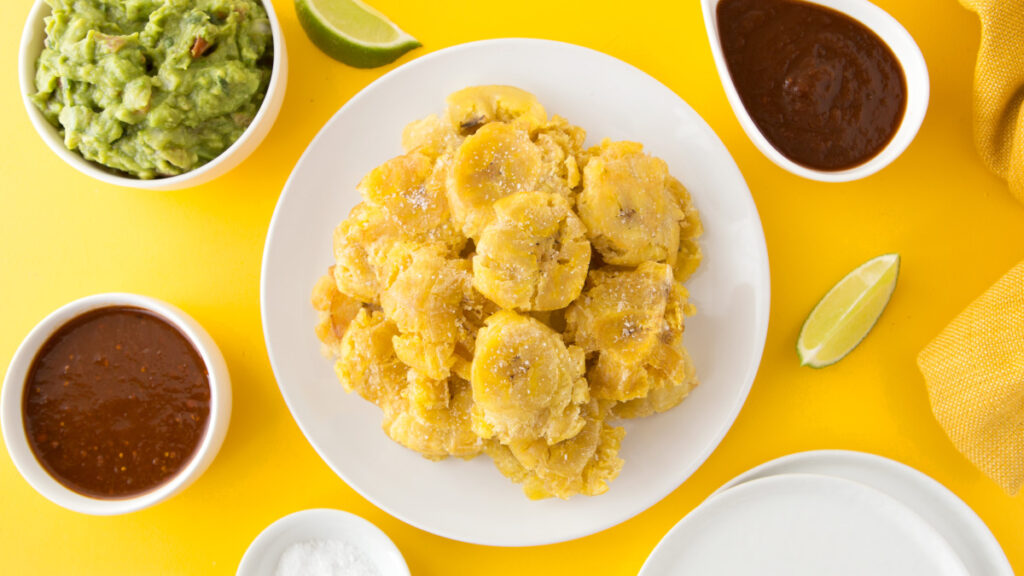
Selecting the Perfect Plantains
When you’re on the hunt for the best plantains for making the bestPatacones, think of them as the main star of your dish. You want them to be just right – not too soft, not too hard. Look for plantains that have a deep yellow color with touches of black. That’s when you know they’re ripe and sweet, perfect for Patacones.
Now, where do you find these perfect plantains? Your local grocery store might have them, but for the freshest options, a farmer’s market is your best bet. Here, you can chat with the sellers, who know all about their fruits and can help you pick the best ones.
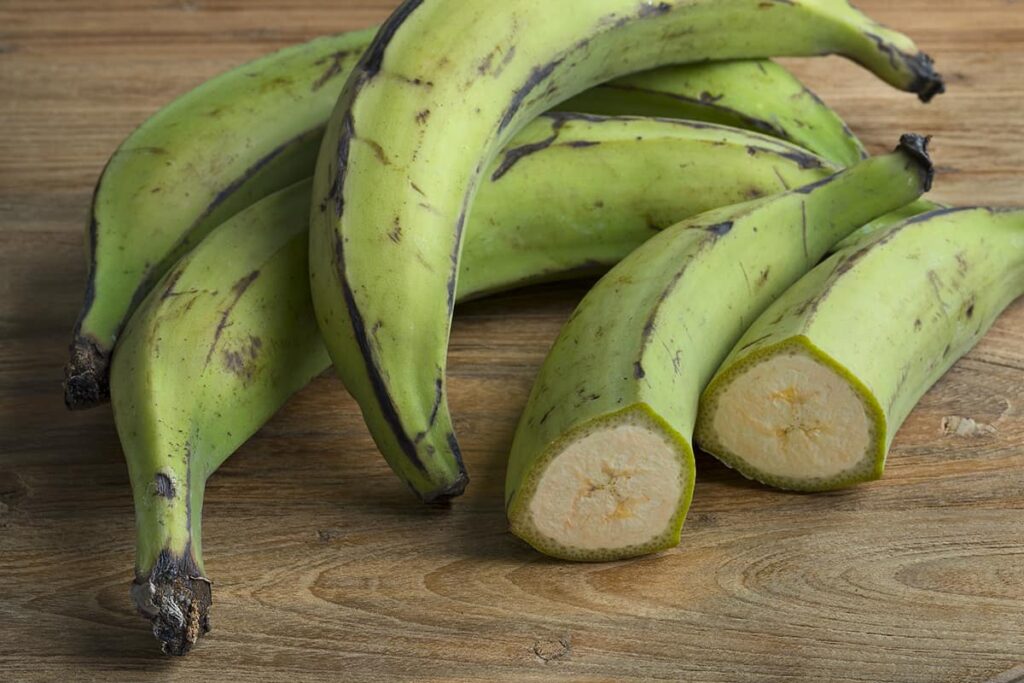
Tips for Picking Plantains:
- Color is key: Yellow with black spots is the go-to.
- Feel the firmness: They should give a little when you press them, but not too much.
- Ask the experts: Don’t be shy to ask the market sellers for their ripest plantains.
Oil Choices for Frying
The oil you use for frying your Patacones can make a big difference. You want something that can handle high heat without smoking up your kitchen. Oils like canola, vegetables, or even coconut oil are great choices. They have high smoke points, which means they can get really hot without burning.
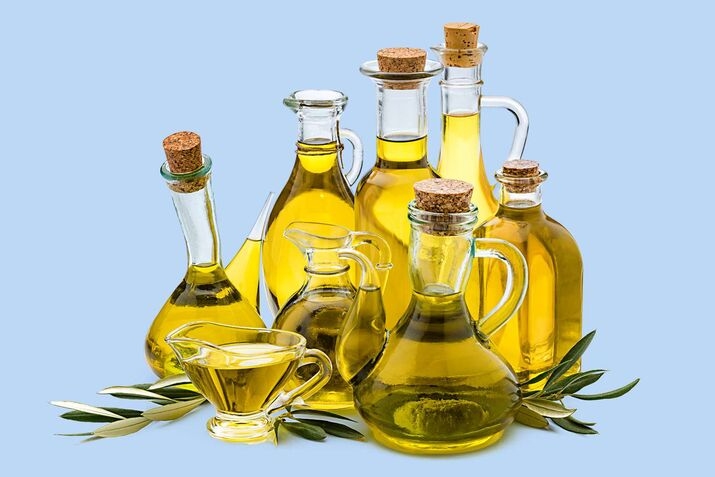
But it’s not just about the heat; it’s also about taste and health. Oils like olive oil can add a nice flavor, but they’re better for lower temperatures. And if you’re watching out for your health, look for oils labeled “non-GMO” or “organic.”
What’s a Smoke Point?
- High smoke point: This means the oil can get very hot without smoking.
- Flavor and health: Choose oils that are good for you and taste great.
- Labels to look for: “Non-GMO,” “organic,” or “high-oleic” are good signs.
Salt and Seasonings
Choosing the right salt and seasonings will make your Patacones pop with flavor. When it comes to salt, sea salt or kosher salt are great picks. They’re not too fine, so they stick to the Patacones nicely and add a little crunch.
But why stop at salt? Let’s spice things up! A sprinkle of garlic powder or a dash of paprika can add a warm, savory twist. If you like a little kick, a pinch of cayenne pepper will do the trick. Just remember, a little goes a long way!
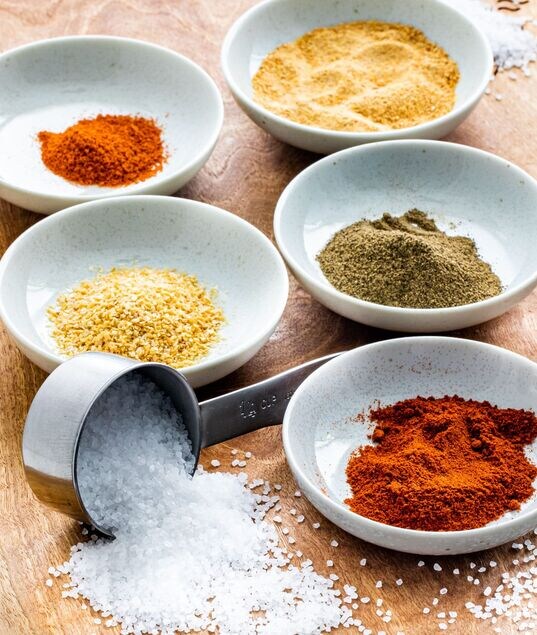
Seasoning Tips:
- Sea salt or kosher salt: They’re the perfect size for sticking to Patacones.
- Garlic powder: Adds a cozy, savory flavor.
- Paprika: Gives a sweet and smoky taste.
- Cayenne pepper: This is for those who like spicy food but use it sparingly.
Sourcing Fresh Ingredients for Patacones Locally
Fresh ingredients can turn good Patacones into great ones. And there’s no better place to find fresh stuff than your local market. Here, you can get plantains that might have been picked just that morning!
Local markets are also great for finding unique seasonings. Maybe there’s a special blend of spices made right in your town. Plus, buying local is good for your community. It supports farmers and small businesses, and it’s better for the planet because the food doesn’t travel far.
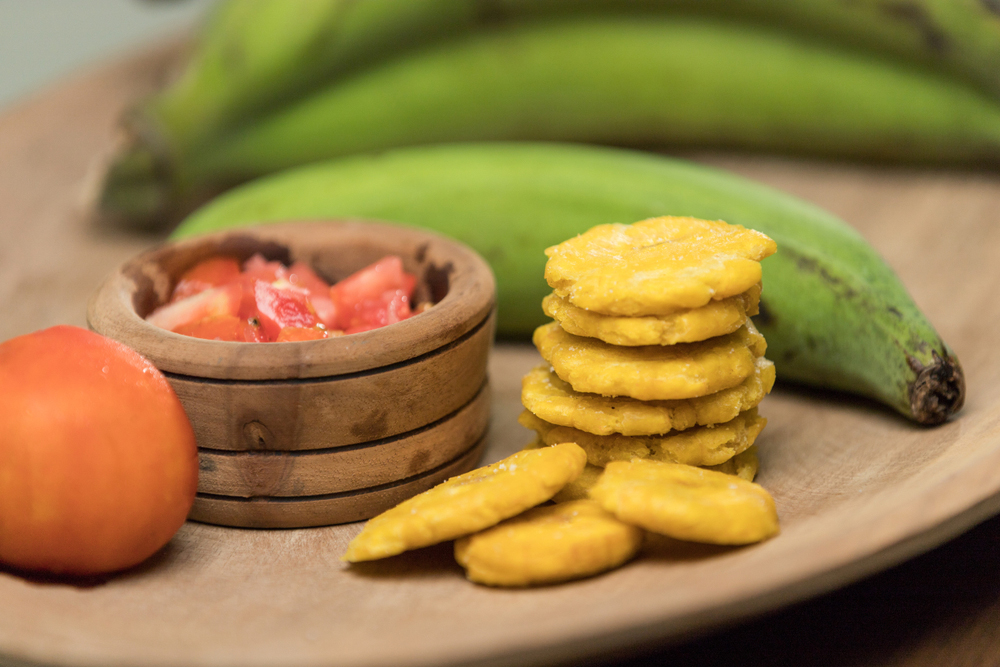
Finding Local Vendors:
- Farmers’ markets: A treasure trove for fresh plantains and spices.
- Community-supported agriculture (CSA): Get a box of fresh produce regularly from a local farm.
- Local grocery stores: Some might carry products from local producers.
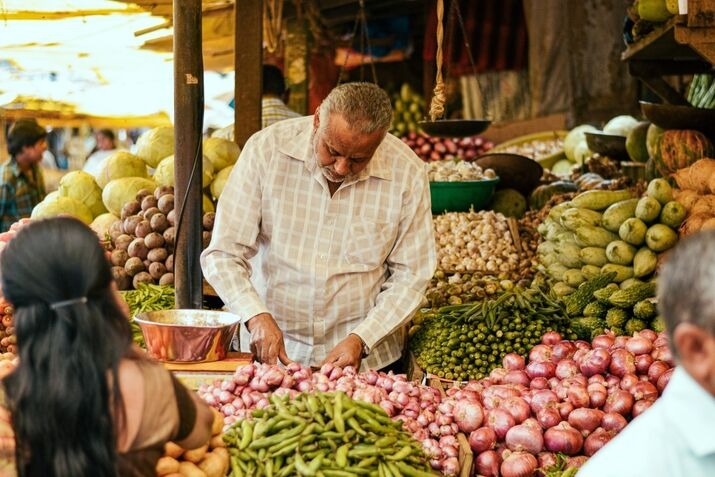
Organic vs. Non-Organic
When you’re in the store looking at plantains and oils, you might see some labeled as “organic.” What does that mean? Organic foods are grown without certain chemicals and pesticides. Some people say they taste better and are healthier for you and the planet.
But organic foods can be more expensive. So, it’s up to you to decide what’s best. If you have the budget, try organic and see if you notice a difference. If not, that’s okay, too. The most important thing is to choose ingredients that are fresh and tasty.
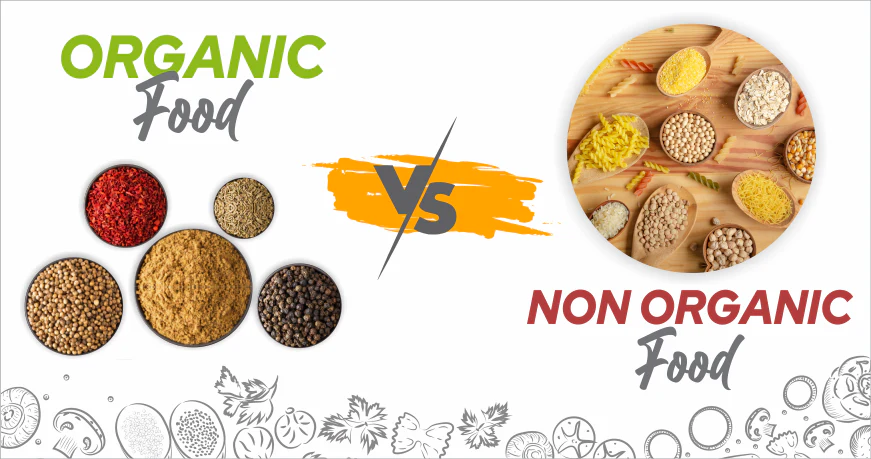
Making a choice:
- Organic: Grown without certain chemicals, it might taste better.
- Non-Organic: Usually less expensive, it can still be a good choice.
- Your decision: Think about taste, health, and what you want to spend.
Storing Ingredients for Freshness
Got your plantains and oil? Great! Now let’s keep them fresh. Plantains should be kept at room temperature until they’re just right. If they start to get too ripe, pop them in the fridge to slow things down.
Oils should be kept in a cool, dark place like a pantry. And for seasonings, make sure their containers are sealed tight so they don’t lose their punch. This way, when you’re ready to make Patacones, your ingredients will be too!
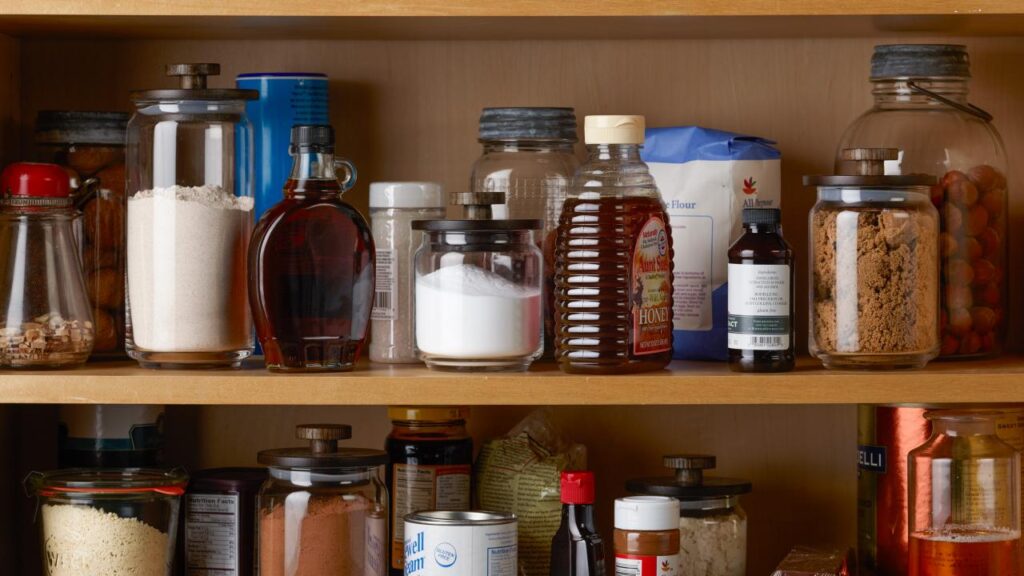
Keeping Things Fresh:
- Plantains: Room temperature is best, as is the fridge if they’re overripe.
- Oils: Cool, dark places keep them fresh longer.
- Seasonings: Tight containers keep the flavors strong.
Final Analysis
You’ve learned a lot about picking the best stuff for your Patacones. Remember, the perfect plantains are yellow with black spots, and the best oils can handle high heat. Don’t forget to add a pinch of your favorite spices to make those flavors shine.
And whether you go for organic or not, freshness is key. Making Patacones is fun, and using the best ingredients makes it even better. So next time you’re in the kitchen, think about all these tips.
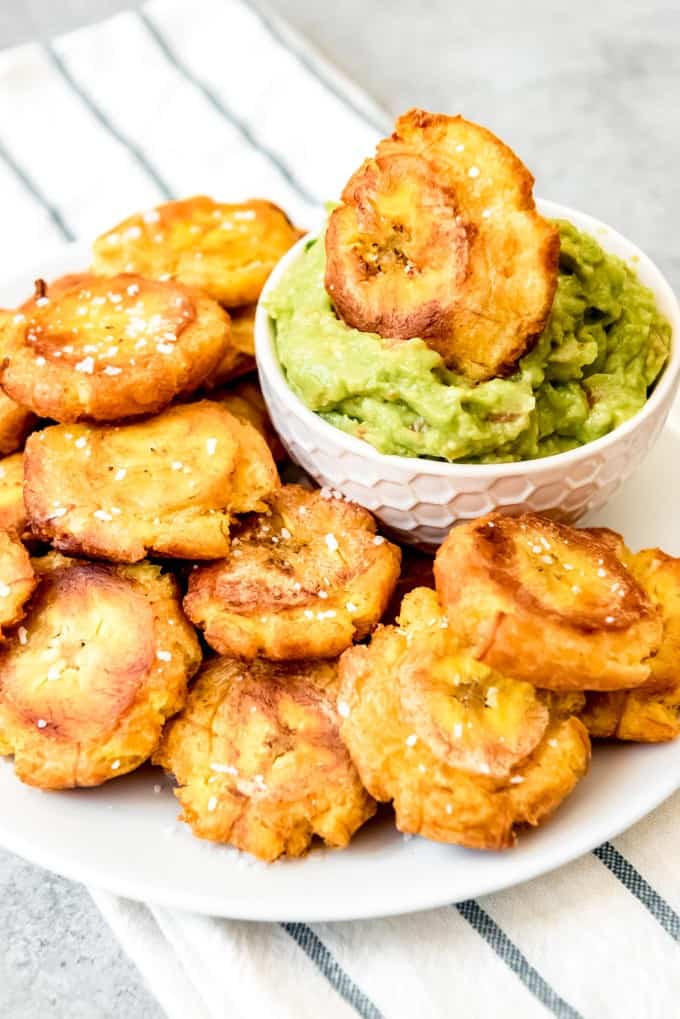
Your taste buds will thank you! Now that you know how to choose the best ingredients, it’s time to get cooking. Try different oils to see which one you like best for frying. Mix up the seasonings to find your perfect blend. And always keep an eye out for the freshest plantains.
Cooking is all about trying new things and finding what you love. So go ahead, make those Patacones, and have a blast doing it. Who knows? You might just come up with a new recipe that’s all your own!
Disclosure: Our blog contains affiliate links to products. We may receive a commission for purchases made through these links. However, this does not impact our reviews and comparisons. We try our best to keep things fair and balanced, in order to help you make the best choice for you.


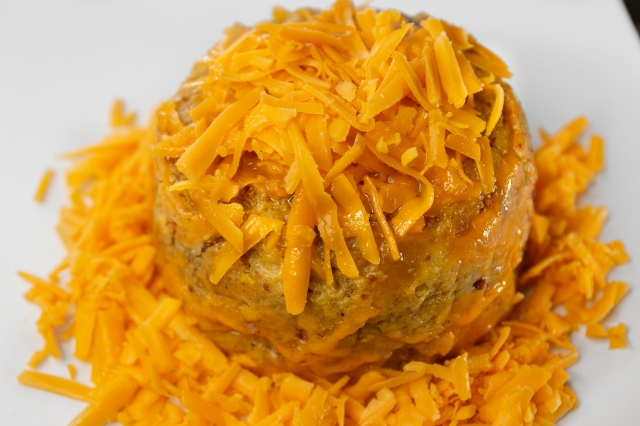

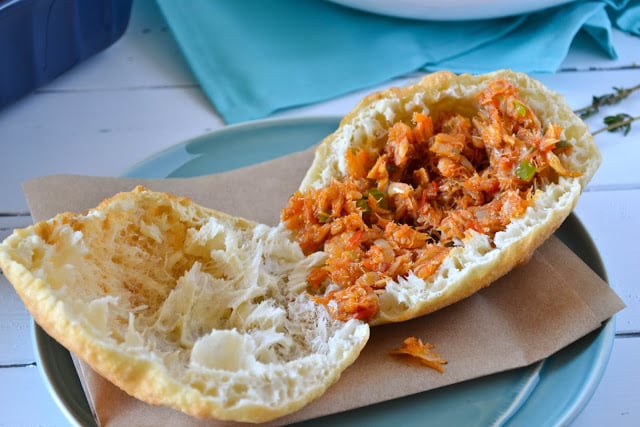
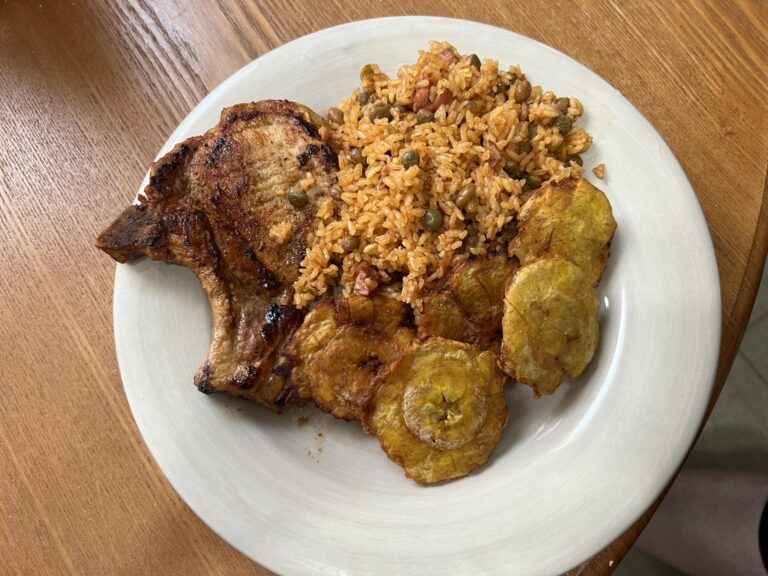
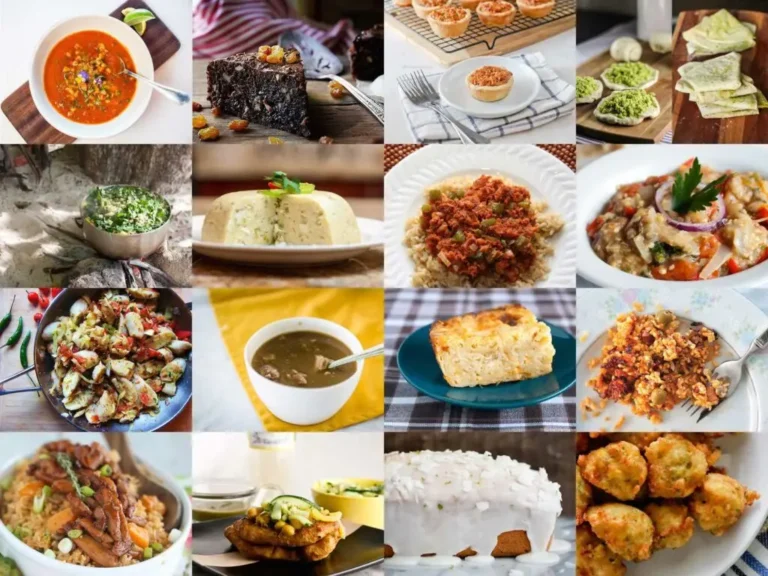
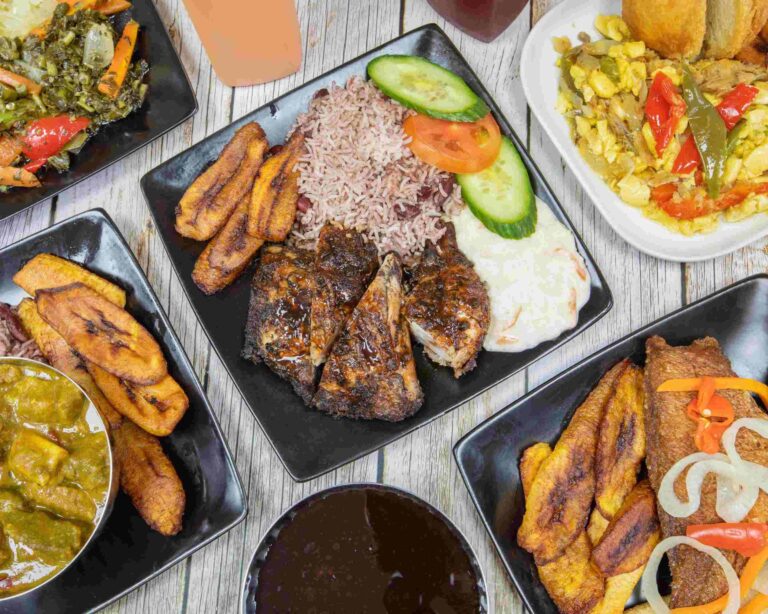
3 Comments